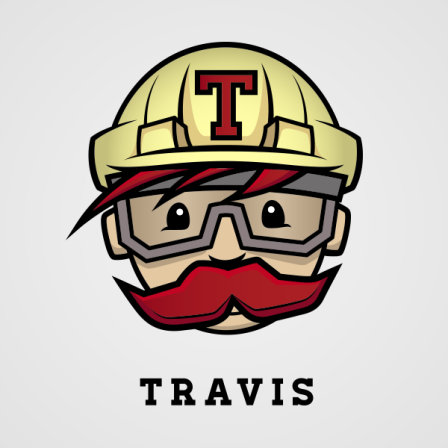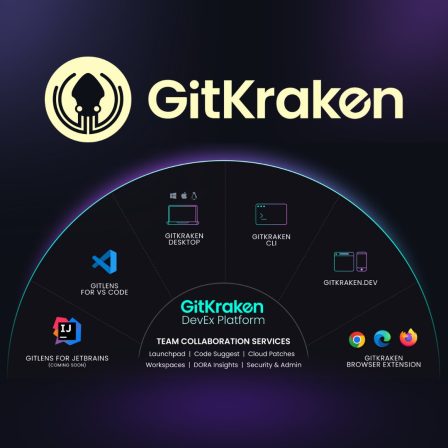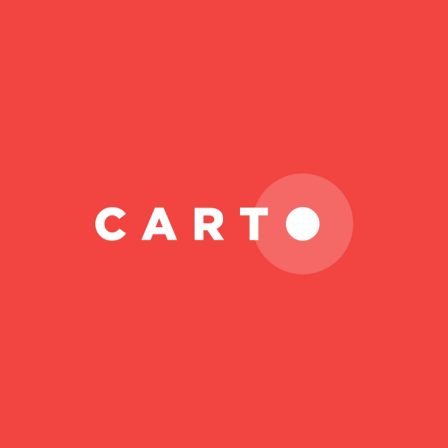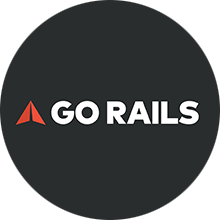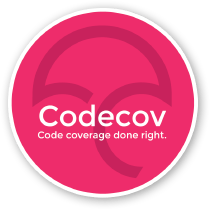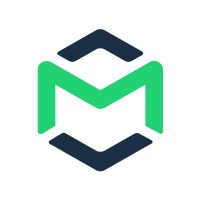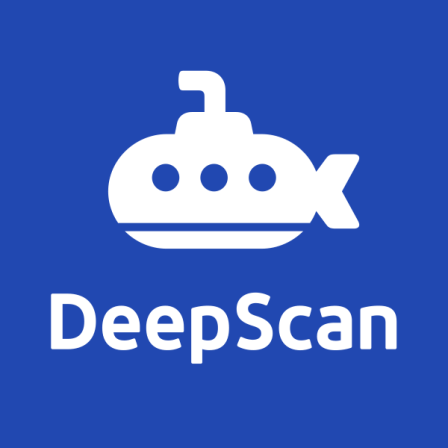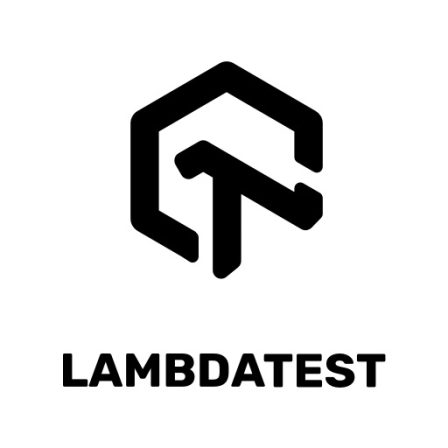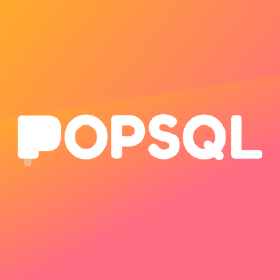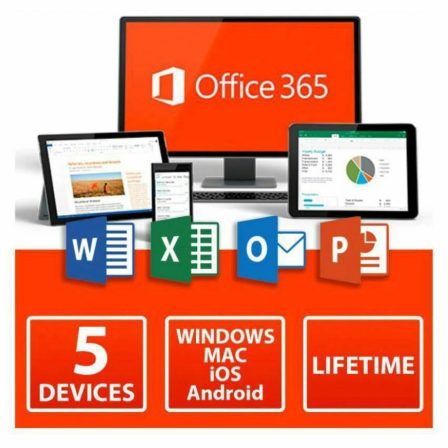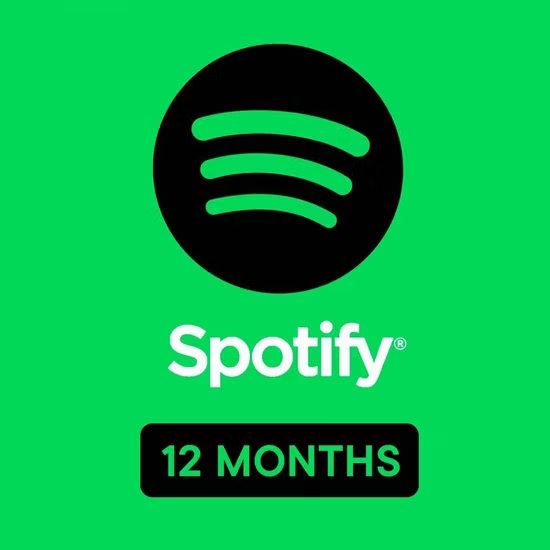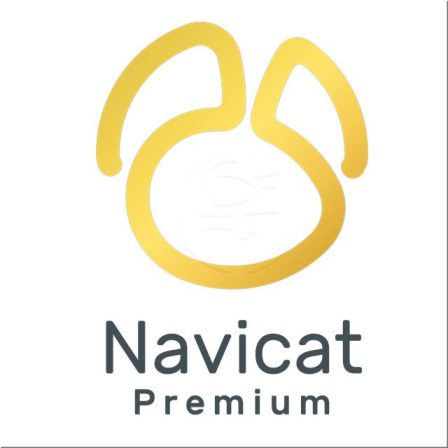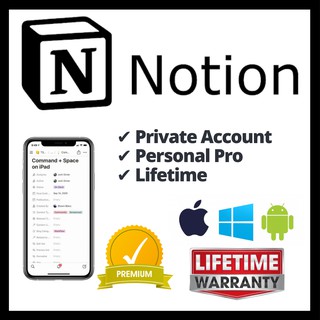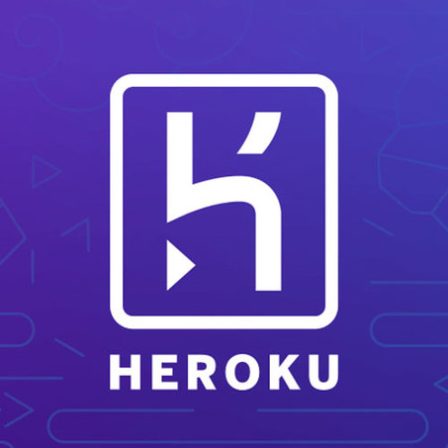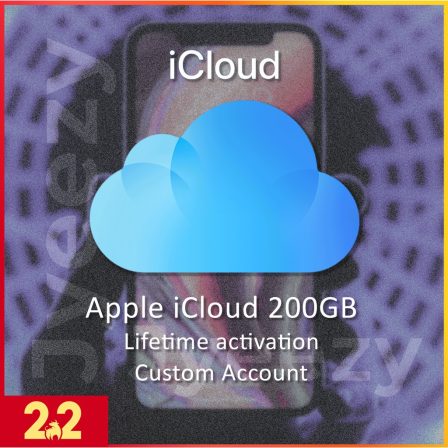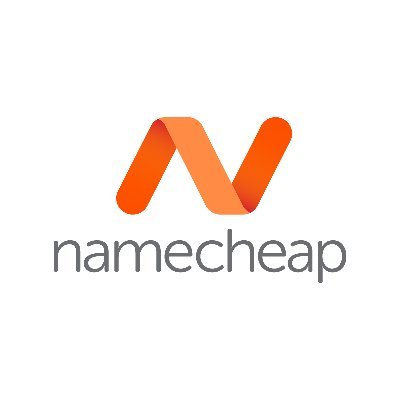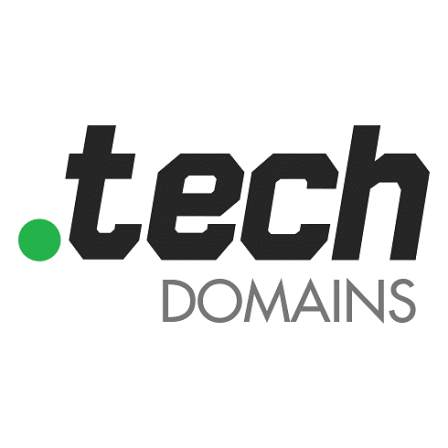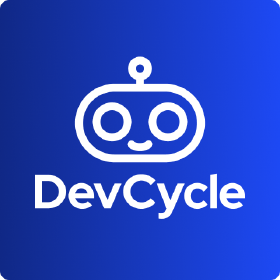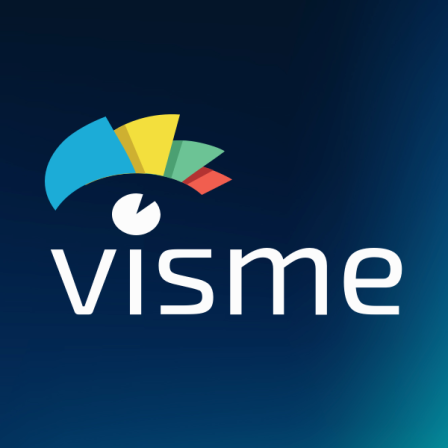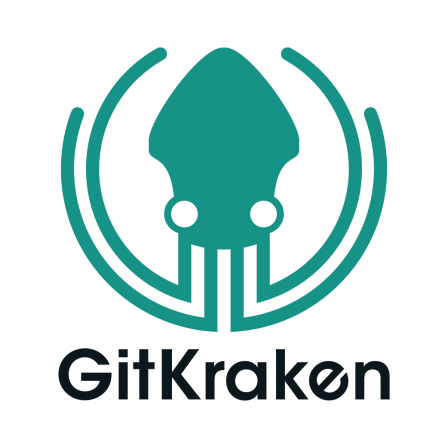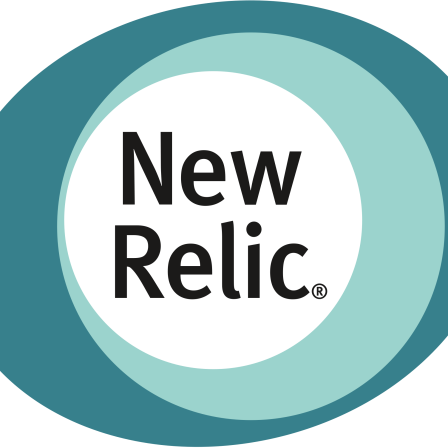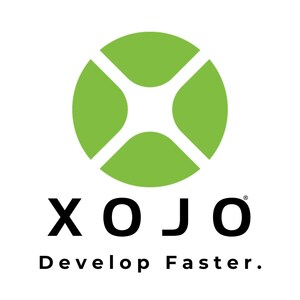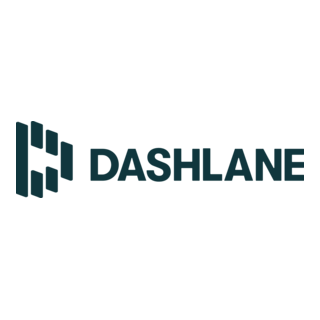There is no item in your cart
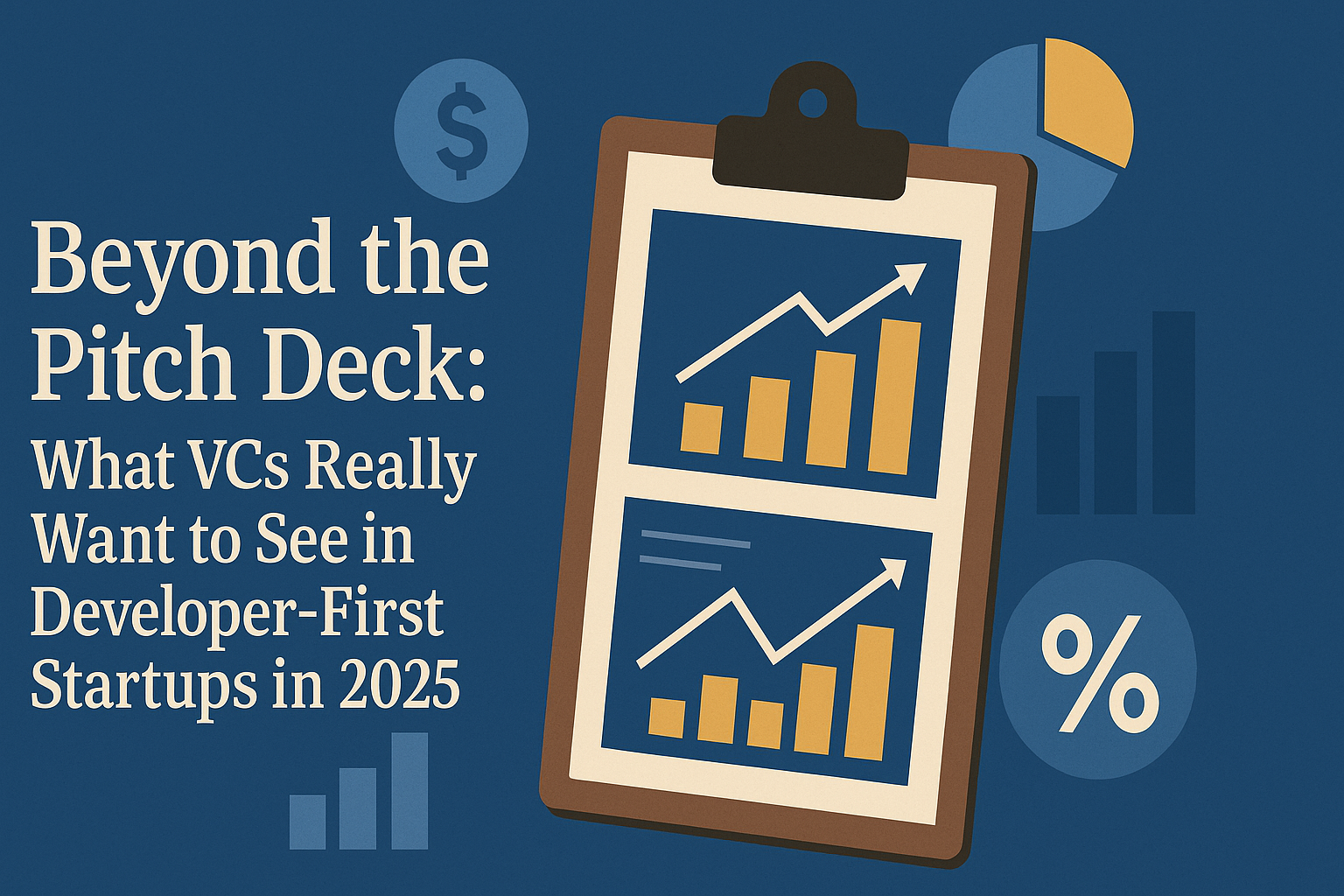
Beyond the Pitch Deck: What VCs Really Want to See in Developer-First Startups in 2025
You’ve built a groundbreaking developer tool or SaaS product. You have a handful of passionate early users. Now, you’re thinking about the next monumental step: raising venture capital. But in the current landscape, what does it truly take to get funded?
The “growth at all costs” era of the early 2020s is over. Today’s venture capitalists are looking for more than just a great idea and a flashy pitch deck. They are looking for sustainable businesses, operational excellence, and clear signals that you are building a product that can win. This guide breaks down the key attributes VCs are looking for in modern, developer-first startups.
1. A Product That Sells Itself (Product-Led Growth)
Before a VC invests in a sales team, they want to see that your product can attract and convert users on its own. This is the essence of Product-Led Growth (PLG).
- What They Want to See: A frictionless onboarding process, a generous free tier that delivers real value (like the plans from [ConfigCat] or [DailyBot]), and clear, organic conversion paths. Your product is your best salesperson.
- Your Mission: Obsess over the user experience. Use analytics tools like [Simple Analytics] to understand where users drop off and what makes them convert.
2. Technical Excellence as a Competitive Moat
For developer tools, the quality of your engineering is your product’s core feature. VCs will look at your GitHub repository as part of their due diligence.
- What They Want to See: Clean, maintainable code; a robust test suite with high code coverage; and clear, professional documentation.
- Your Mission: Demonstrate professionalism from day one. Use static analysis tools like [DeepScan] to maintain code quality. Use [Codecov] to track test coverage. And use a tool like [Bump.sh] to create beautiful, automated API documentation. This signals that you are building a durable, scalable business.
3. Capital Efficiency and a Path to Profitability
VCs want to back founders who are responsible stewards of capital. They want to see that you can achieve maximum results with minimal spending.
- What They Want to See: A lean operational model. You’re not spending a fortune on massive, idle servers for a pre-product-market-fit idea.
- Your Mission: Start with a scalable, pay-as-you-grow platform like [Heroku]. Use cost-effective tools for every part of your stack. Demonstrate a “FinOps” mindset, showing you understand the cost implications of your technical decisions.
4. A Passionate, Engaged Community
For open-source or developer-first products, a vibrant community is often the most powerful leading indicator of future success. It’s your marketing engine and your feedback loop.
- What They Want to See: An active Discord or Slack, meaningful discussions in your GitHub issues, and positive “word of mouth” on social media.
- Your Mission: Invest in your community. Create high-quality tutorials to help users succeed. Use a platform like [Notion] to share your public roadmap and gather feedback.
Conclusion
Securing venture capital in 2025 is about demonstrating more than just a visionary idea. It’s about proving you can execute with operational excellence. It’s about showing that you have built a high-quality product that users love, that you can manage costs intelligently, and that you have the foundation of a community ready to grow with you.
Building a fundable startup requires building a professional product from day one. The right tools give you the leverage to do that, even as a small team. From your IDE ([JetBrains]) to your security ([1Password]) to your infrastructure ([Heroku]), SMONE provides the curated toolkit for ambitious founders. Build your MVP with the best tools, and get ready for your pitch.
